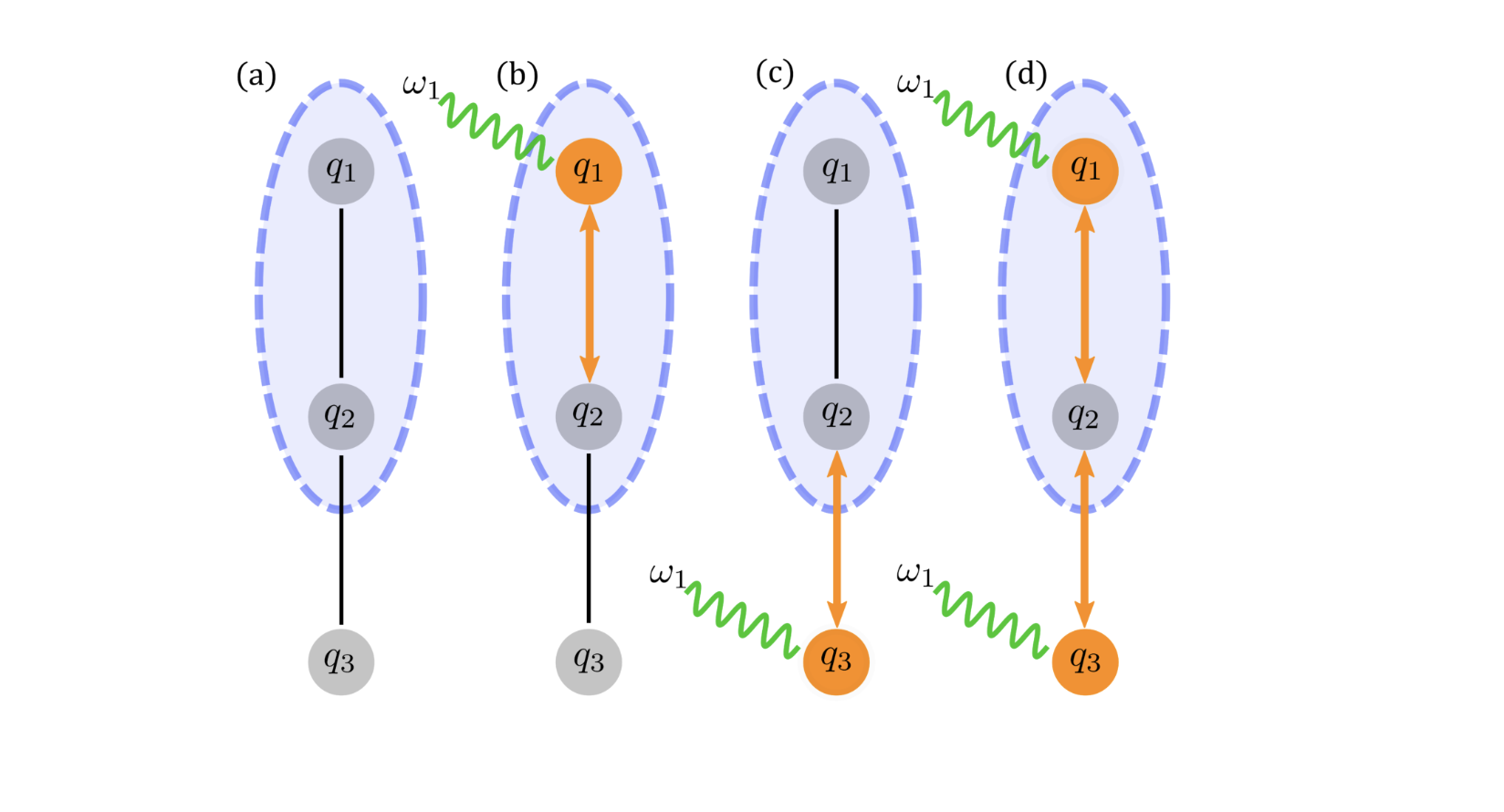Analogue quantum simulation, a method that simulates a system by manipulating a similar experimental system, is being explored for its potential in quantum computing. This approach can increase efficiency, allowing for the simulation of larger quantum systems for longer periods. However, it is limited to the system’s native Hamiltonians and may restrict measurements. Researchers are assessing the use of fixed-frequency transmon qubits in analogue quantum simulations, which could potentially simulate a wide array of Hamiltonians. Despite current limitations, such as single qubit errors, the future of analogue quantum simulations is promising, with potential applications in simulating complex quantum systems.
What is Analogue Quantum Simulation and Why is it Important?
Analogue quantum simulation is a method of simulating a system of interest by manipulating a controllable experimental system that mimics it. This approach allows for decomposition protocols such as Trotterization to be circumvented, which can increase the efficiency of the simulation. This increased efficiency has allowed for the simulation of larger quantum systems for longer times than gate-based approaches in platforms such as cold atoms. However, this efficiency comes at the expense of limiting the simulations to the systems native Hamiltonians.
Analogue quantum simulators may also be restricted in the measurements that can be performed upon them, in contrast to gate-based devices which have access to general Pauli string measurements. This motivates the search for alternative quantum simulation platforms to complement the existing ones. A typical workflow for implementing analogue quantum simulations is to choose a target Hamiltonian of interest and then to construct a control protocol that maps the system Hamiltonian to that target.
What are the Criteria for Implementing Analogue Quantum Simulations?
In order to implement an analogue quantum simulation, it is crucial that the map between an applied control protocol and the resulting experimental effective Hamiltonian is well understood. To this end, three criteria may be identified that are necessary for the experimental implementation of analogue quantum simulations.
The first criterion is expressibility, which means that the experimental Hamiltonian must permit control protocols which allow for some class or multiple classes of interesting models to be simulated. The second criterion is practical controllability, which means that it should be possible to switch individual control terms on and off independently without inducing significant errors on other qubits. The third criterion is stability, which means that the map between the control protocol and the experimental effective Hamiltonian should be stable enough over time that characterization and simulation experiments can be performed without the map changing due to, for example, parameter drift.
How are Fixed-Frequency Transmon Qubits Used in Analogue Quantum Simulations?
In this work, the researchers experimentally assess the extent to which fixed-frequency, fixed-interaction (FF) transmon qubits available through the IBM Quantum cloud-based platform satisfy these criteria and thereby probe the utility of this system as a platform for analogue quantum simulation. As a platform primarily used for gate-based quantum computation, FF transmon qubits allow for the control of individual qubits and arbitrary Pauli string measurements.
The underlying physical Hamiltonian used to implement these gates may be mapped to a wide array of interesting Hamiltonians which may be simulated. As such, FF transmon devices are potentially highly useful as a platform for analogue simulation. FF transmon devices can be modelled as weakly coupled Duffing oscillators controlled via time-dependent drive pulses. Two-body entanglement can be generated through a cross-resonance interaction in which a qubit is driven at the resonant frequency of another to which it is coupled.
What are the Limitations of Current Analogue Quantum Simulations?
The researchers identified significant single qubit errors at low amplitudes as a limiting factor preventing the realization of analogue simulations on currently available devices. They also found spurious dynamics in the absence of drive pulses, which they identified with coherent coupling between the qubit and a low dimensional environment.
However, they suggest that with moderate improvements, analogue simulation of a rich family of time-dependent many-body spin Hamiltonians may be possible. This research is a significant step towards the development of fault-tolerant quantum computers, which are currently limited by a level of noise that precludes the implementation of many algorithms.
What is the Future of Analogue Quantum Simulations?
The future of analogue quantum simulations is promising, with the potential to simulate a wide array of interesting Hamiltonians. However, there are still challenges to overcome, such as the need for improved stability and controllability, as well as the reduction of single-qubit errors.
The researchers’ work provides valuable insights into the suitability of FF transmon qubits for analogue quantum simulations, and their findings will likely guide future research in this area. As quantum computing technology continues to advance, it is expected that analogue quantum simulations will play an increasingly important role in the simulation of complex quantum systems.
Publication details: “Analogue Quantum Simulation with Fixed-Frequency Transmon Qubits”
Publication Date: 2024-02-22
Authors: Sean Greenaway, Adam Smith, Florian Mintert, Daniel Malz et al.
Source: Quantum
DOI: https://doi.org/10.22331/q-2024-02-22-1263

